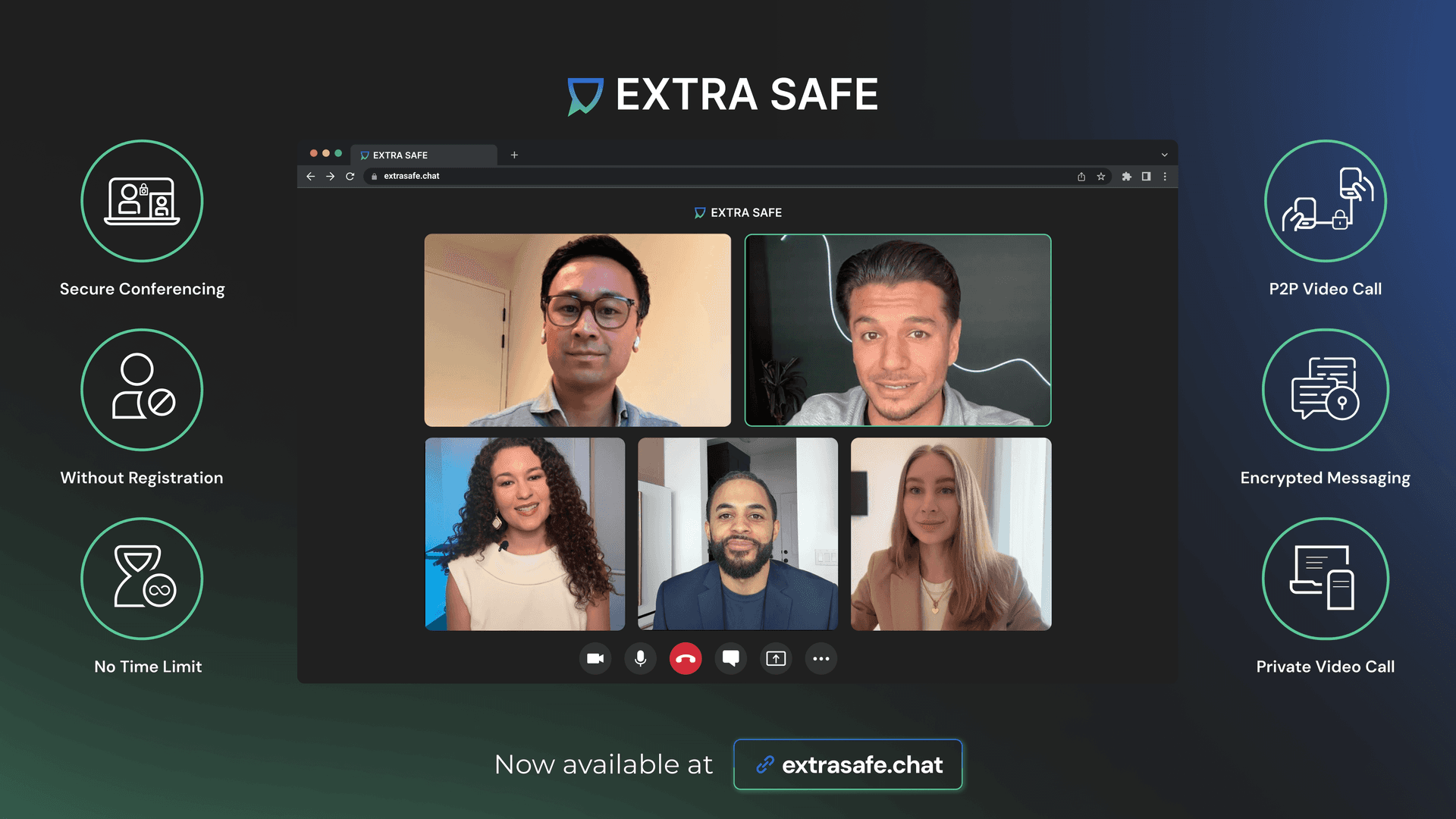May 23, 2025
How to Secure Your Private Key: Best Practices

In today’s digital world, more and more people are choosing to manage their money without banks or traditional apps. Cryptocurrency has made that possible — giving users full control over their wallets and assets, with no third parties involved.
But full control also means full responsibility — especially when it comes to access. In crypto, there’s no login button, no password reset, and no customer support to recover a lost account. Instead, every wallet gives users something called a private key.
This private key is usually shown as a group of 12 or 24 random words, called a seed phrase or recovery phrase - for example:
“glass”, “saddle”, “orange”, “hill”, “fold”, “coconut”…
If the app is deleted, the phone is lost, or the user wants to open the same wallet on a new device, this phrase must be entered to restore access. It’s also the only way to recover the wallet if the local password is forgotten.
Common Mistakes People Make When Storing Their Seed Phrase
Once people receive their seed phrase, the next step is deciding where to store it. And this is where many users make choices that seem convenient, but carry serious risks:
Saving it online: in a notes app, cloud drive, or email. This is fast, but extremely risky. If a device is hacked or a cloud account is compromised, the wallet is exposed.
Writing it on paper: often seen as “offline safe,” but paper can be lost, stolen, or destroyed by water or fire.
Storing it on a USB stick: better, but still vulnerable to failure or being accessed by someone else.
Trying to memorize it: secure in theory, but risky in practice. One forgotten word can lock you out forever.
Each method either exposes the wallet to outside threats or depends too much on chance. And because seed phrases are so powerful, even a small mistake can have big consequences.
A Safer, Smarter Way To Manage Your Private Key
The safest way to protect a seed phrase is to use a method that combines offline storage, restricted access, and an additional layer of encryption. The more barriers in place, the lower the chance of accidental loss or unwanted access.
One approach is to store the phrase as a QR code, protected by a password and kept entirely offline. Apps like Text2QR add convenience and security — especially when handling sensitive information needing reaccess.
Here’s how it works:
You enter your phrase on the website.
QR code is generated instantly.
You can add a password to protect the QR code - so even if someone finds it, they can’t use it without that password.
You download or print the QR code and store it offline.
If you ever need to recover your phrase, just scan or upload the QR and enter the password to get it back.

This method works not only for seed phrases but also for any kind of sensitive text: passwords, backup codes, personal notes, anything that needs to stay safe and hidden.
When Sharing Becomes Necessary
Private keys and seed phrases are not designed to be shared. However, in exceptional cases where information needs to be transferred - for example, for backup planning or secure coordination - the sharing method matters.
Using regular email, messaging apps, or cloud services creates unnecessary exposure. Even deleted messages may leave behind accessible traces.
So, if you still need to share your public key, choose the safest tool that doesn't store messages, doesn’t require registration, and allows content to disappear after it's read. Use P2P platforms like EXTRA SAFE to send encrypted messages directly to your colleagues, with no central servers involved. Each message is asymmetrically encrypted with unique keys generated locally on your device and never shared, helping reduce long-term exposure when sharing becomes unavoidable.

By choosing safer storage methods and using the right tools when needed, you can reduce the risk of loss or exposure - and ensure that your access stays private, protected, and fully under your control.